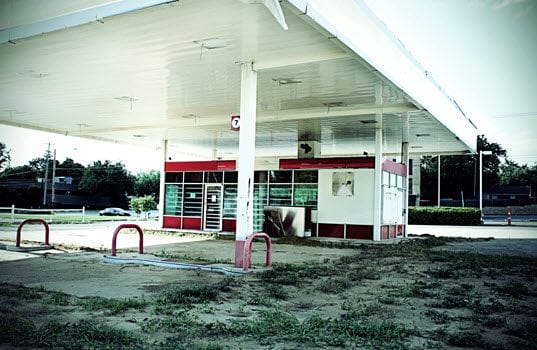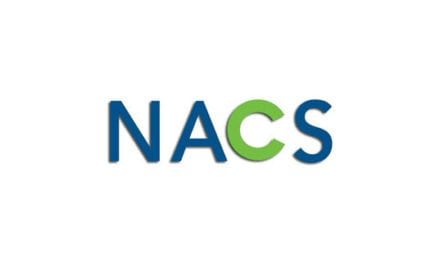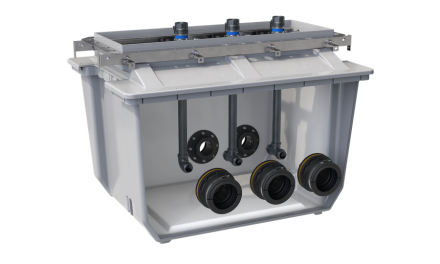By Joe Petrowski
All retail is under enormous pressure primarily driven by on-line purchases, but some industries have been especially hard hit—none more so than retail banking. In the past retail bank branches were a salvation for retail fuel and convenience merchants who were unable to generate site cash flow that provided a suitable return on invested capital. That was because, very often, marketers had secured the exceptional corner lot with parking, egress and smaller remediation costs to turn that site from fuel marketing to a money center.
But over the past 10 years the number of retail bank branches has declined from 110,000 to 57,000 today, and with more on-line banking, ATMs and supermarket financial kiosks that trend should continue. A banking association projects another 10,000 decline in 10 years, and 2/3rds of all Americans now bank online.
The breakdown of retail branches by bank is as follows:
- Wells Fargo 6,600
- JPMorgan/Chase 5,900
- Bank of America 5,700
- US Bancorp 3,800
- PNC 3,700
- BB&T 2,800
- Regional Financial 2,300
- TD Bank 2,000
- Sun Trust 1,700
- Fifth/Third 1,500
- Other regionals 21,000
- Total 57,000
Should the major banks decide to expand their retail banking (unlikely given their public statements), that expansion will happen through acquiring regional banks, expanding and consolidating existing sites and using kiosks and ATMs in convenience stores, malls and supermarkets. Simply put, the demand for that failed gas station is over. The same banking association believes we can live with 50,000 sites serving 320 million Americans, or 6,400 people per site.
And the pharmacy segment in the US has grown from 50,000 sites 10 years ago to 64,000 today, but that has stalled over the last four years as with the advent of script mail order delivery.
The stark reality on fueling sites is that industry wide in the U.S. we have:
- Built an average of 1,500 stations/year over last 20 years (mostly truck stops, and in Florida, the Southwest and other retirement enclaves
- Sold an average of 1,100 stations/year for higher and better use with the rate now down to 500 stations/year with the satiated appetite of banks and chain pharmacies
- Closed 4,600 stations/year on average over the last 20 years though that rate is slowing to approximately 500 stations/year after the fulfillment of EPA requirements
What this means is a retail fuel and convenience operator must look to his or her current operation to survive. The real estate cavalry of banks and pharmacies is not arriving any time soon. There will be great consolidation and acquisition opportunities for chain retailers no longer facing competition from the alternate use crowd, but long term site viability will depend upon operational excellence and that always translates to fuel volume and an inside offering of food and beverages along with cost control.
Joe Petrowski has had a long career in international commodity trading, energy and retail management and public policy development. In 2005, he was named President and CEO of Gulf Oil LP and elected to the Gulf Oil LP Board of Directors. In October 2008, he was named CEO of the now combined Gulf Oil and Cumberland Farms, whose annual revenues exceed $11 billion and who now operates in 27 states. In September 2013, Petrowski stepped down as CEO of The Cumberland Gulf Group. He is now the Managing Director of Mercantor Partners, a private equity firm investing in convenience and energy distribution. Joe is also a member of the Gulf, Green Print LLC and Yesway where he also serves as leadership advisor.










